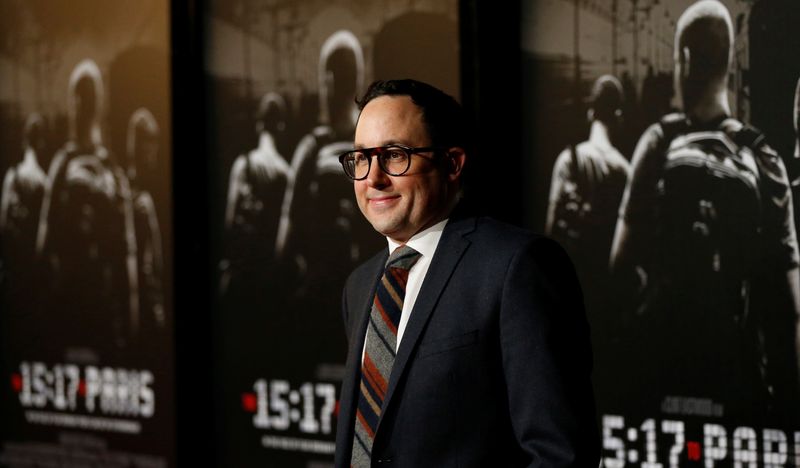Medical care costs
2022.11.29 01:45
[ad_1]

Medical care costs
Budrigannews.com – P.J. Byrne is probably best known to you from the movie “The Wolf of Wall Street,” where he starred alongside Leonardo DiCaprio as one of the wealthy brokers.
However, Byrne’s most significant role these days is closer to home:that of father and son.
For approximately ten years, his 79-year-old father has suffered from dementia, necessitating 24-hour home care from one or two health aides.The family incurs approximately $200,000 in annual expenses as a result.
Savings, a pension, a long-term care insurance policy, and the sale of the family home have all contributed to their ability to manage their finances so far.
However, Byrne is aware that not everyone is so fortunate.
Byrne stated, “For so many families going through this, sometimes the money just isn’t there.”That scares me the most, and it breaks my heart daily.”
How are people with lower incomes able to accumulate such vast financial resources?
Meredith (NYSE:) stated, “The straightforward answer is that they can’t.”Stoddard, the head of the Fidelity life events team, which is based in Boston.It is a significant issue that forces individuals out of the workforce as a result of their lack of choice, leaving them stranded.”
Take a look at a few of these figures from the report “The True Cost of Caregiving” by the Aspen Institute.aide to the home: $52,620 per year.Place of assisted living: $48,612.Confidential room in a nursing home: $102,204.
Because those numbers are so large, family members frequently have to handle those responsibilities on their own. According to a study conducted by the National Alliance for Caregiving and the AARP, the United States actually has 53 million unpaid caregivers.
Fidelity found that 62% of caregivers for loved ones with special needs or disabilities reported feeling overwhelmed by financial stress.
This is a national problem that is hard to solve.On this difficult journey, bear in mind the following:
Fidelity’s Stoddard jokingly remarks that the United States is “not exactly known for being a leader in this area” in terms of government assistance for such families.
However, Dyvonne Body, the report’s author, stated that “programs do exist at the federal and state level to help families and caregivers.”Medicaid, Medicare, Supplemental Security Income, and Social Security Disability Insurance are all examples of these programs.
Body explained, “It’s a complicated patchwork of programs – some people qualify, others don’t, and qualifications can vary by state.”
The Social Security Administration, the Administration for Community Living, and the National Institute on Aging are good places to start.
Maximize employee benefits Leaving one’s job to care for a disabled family member is understandable and noble, but doing so can have significant financial repercussions, including the loss of income, benefits, and more.
Your initial move? Check out the benefits offered by the company to see if you can keep your job.These may include working from home arrangements or flexible schedules;a “care coordinator” who can help your family choose the best care options by researching them;resources for mental health and counseling, in addition to assistance with back-up care in the event of an emergency.
“In our studies, 46% of parental figures don’t remember to get some information about benefits like that,” said Devotion’s Stoddard.
Plan, plan, plan The best way to handle potential costs associated with providing care is to plan ahead.This means getting disability insurance for yourself or members of your family. Disability insurance is often underutilized because, according to the CDC, one in four adults in the United States has a disability.
Long-term care insurance helps pay for things like medical care at home and in nursing homes. The premiums for a policy are usually cheaper the sooner you buy it.
When planning everything out, Fidelity provides a useful list of issues and resources for caregivers to consider.
The fact that the federal government has developed a “National Strategy to Support Family Caregivers,” which is currently open for public comment and has the potential to generate additional assistance for families in need, is one bright spot.
However, the harsh reality is that caring for a disabled relative is a long, difficult process that can test your emotional and financial limits for families like P.J. Byrne’s.
Byrne stated, “It’s a slog, it’s brutal, it’s intense.”Therefore, start with love, remember that it is a marathon, and keep in mind that making a plan is so essential.”
[ad_2]








